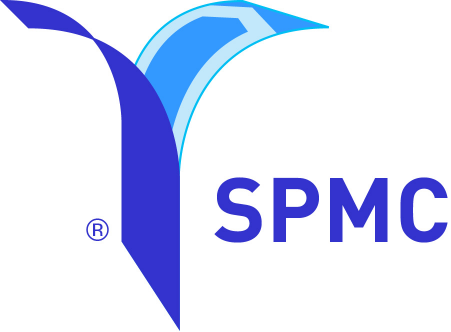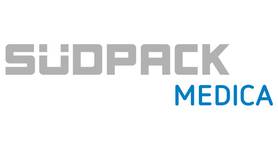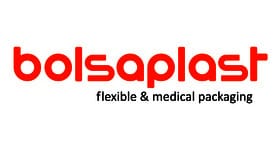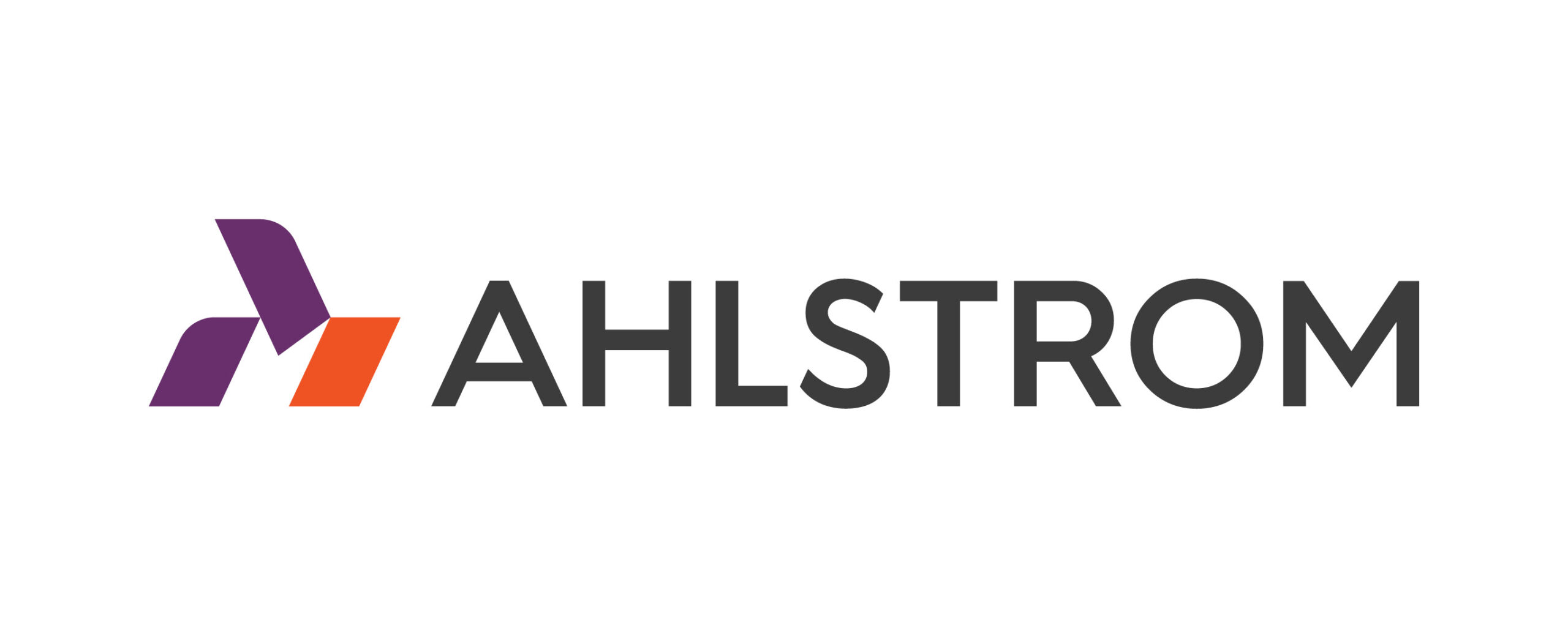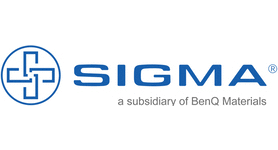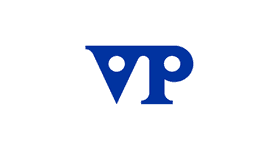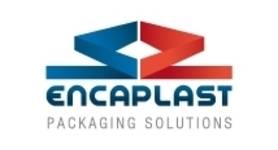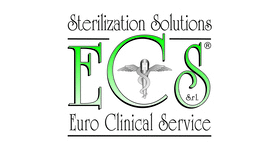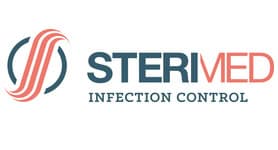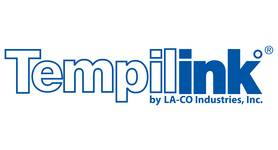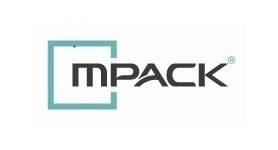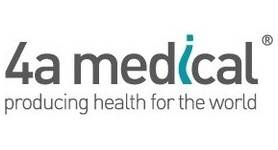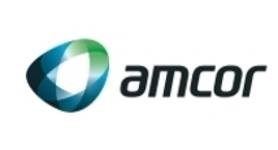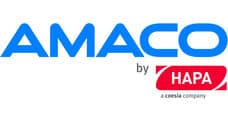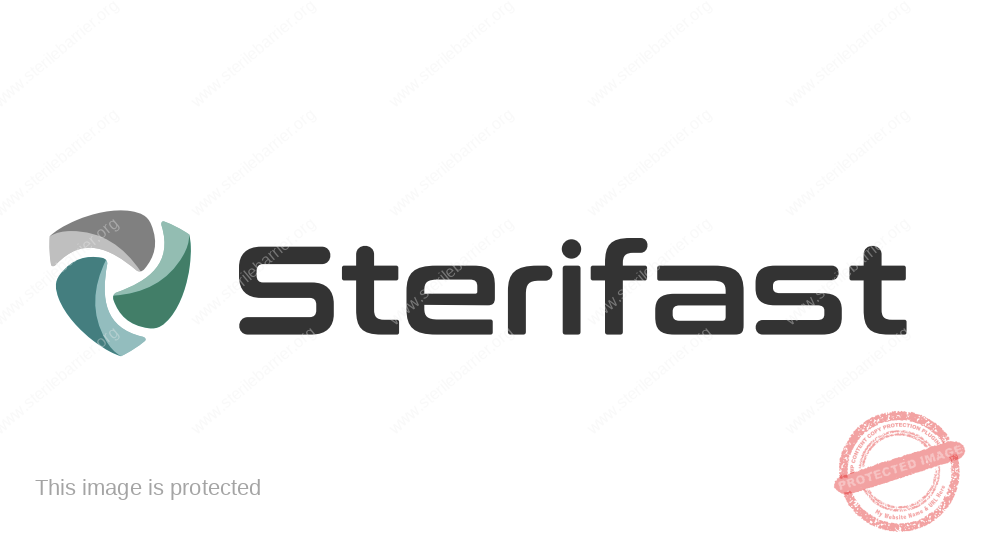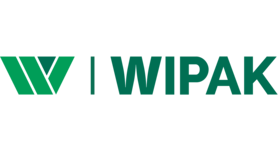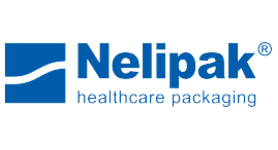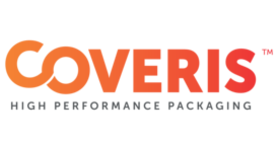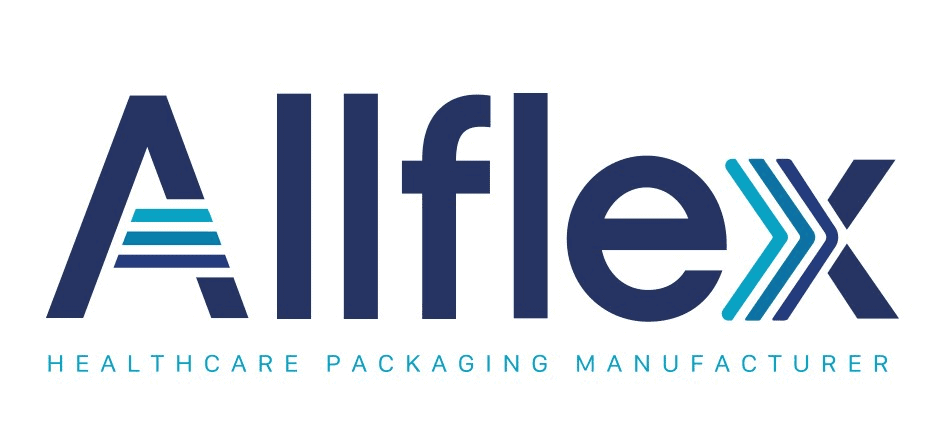Chemical Indicator Inks and Sterile Barrier Systems
Chemical Indicator Inks are used in Sterile Barrier Systems to provide visual evidence of exposure to a sterilisation process. The inks are designed to react to specific sterilisation conditions, irreversibly changing from one colour to a distinctly different colour as a result of this exposure. A successful result (colour change) does not confirm that the contents were successfully sterilised, however, it does indicate that the Sterile Barrier System was exposed to a proper sterilisation process If a colour change does not occur, an initial step would be to confirm that the sterilisation system is functioning properly.
By themselves, Chemical Indicator Inks cannot be certified to meet existing standards, such as ISO 11140-1:2014. It is the entire Sterile Barrier System, including the ink, which may be certified. The same ink, used in two different systems, may result in one meeting a standard, and the other not.
Using Chemical Indicator Inks
The inks contain specific chemicals called Active Ingredients (AI’s). AI’s react under the sterilisation conditions to provide the distinct colour change. As all Chemical Indicator Inks may behave differently, it is important to contact the ink supplier for guidelines for use. Although the ink’s themselves are developed for these printing processes, they have characteristics that differ from conventional graphic printing inks; chemical indicator inks may, for example, contain more than 50% solids compared to ~5% for a typical graphic ink.
Selecting a Chemical Indicator Ink
Identifying the appropriate Chemical Indicator Ink requires understanding multiple key items relating to how the Chemical Indicator System will be produced, and how the Sterile Barrier System will be used.
Chemical Indicator Inks are designed to react to specific sterilisation processes. An ink that is developed to signal in Steam sterilisation is unlikely to be successful in an Ethylene Oxide process. Inks are available for all commonly used sterilisation processes, including Steam, Ethylene Oxide, Formaldehyde, Gas Plasma (H2O2), Dry Heat, and Irradiation.
The material used in the sterile barrier system, specifically that on which the ink will be printed , is critical to the ink selection. Inks are developed to be compatible with printing on different materials. For example, a solvent based ink is more likely to be successful printing on film than a water based ink.
Inks are also developed for specific printing processes. The most common process used for printing Chemical Indicator Inks is Flexographic, although Gravure and Screen Printing (serigraph) processes are also used.
The final key consideration is the initial print colour and the signal colour the ink will change to once exposed to the sterilisation process.



